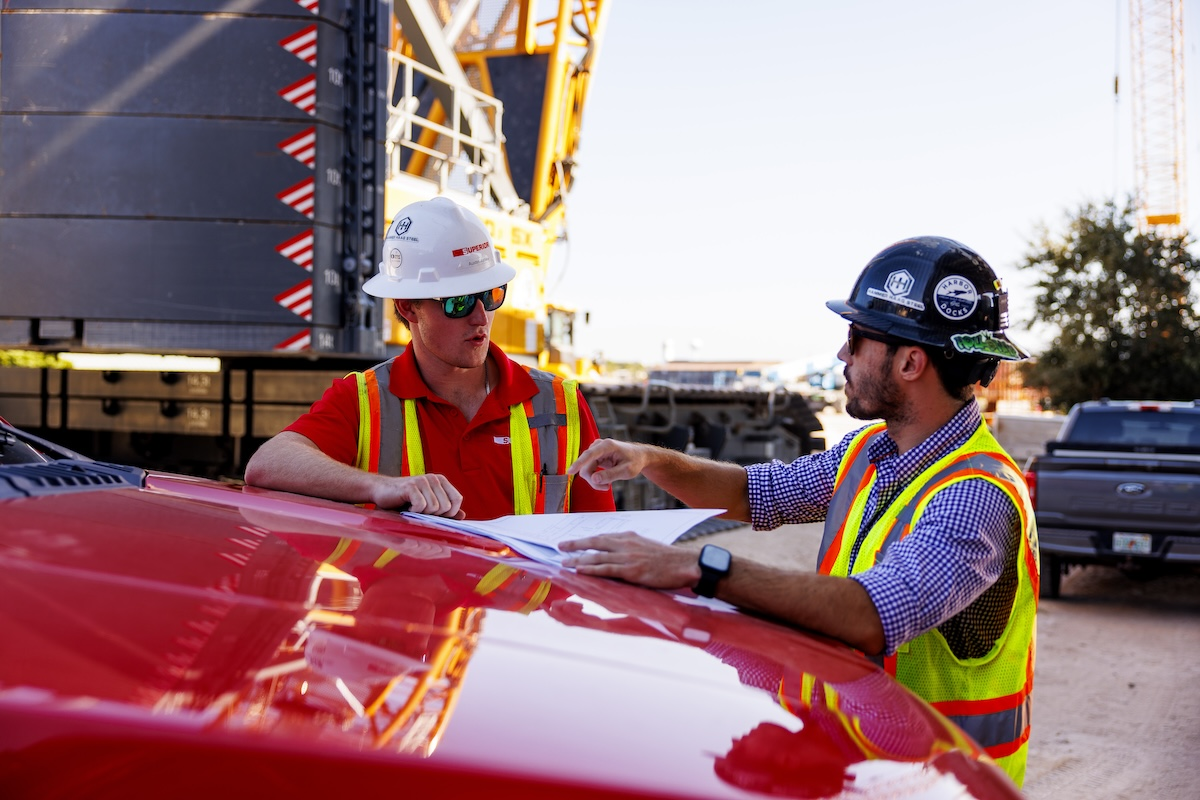“It’s a major project every spring to open this seasonal pass,” says Terry Erlwein, Deputy District Director, Maintenance and Operations, Caltrans District 9. “Clearing the road, typically, takes about two months.”
Christine Knadler, Chief Public Information Officer for Caltrans District 9 adds, “This route is unique. I don’t think anywhere else in the country, [people do] what we have to do to open it.”
The 12-mile-long Tioga Pass sits at 9,945 feet in elevation, the highest trans-Sierra route in the state. It extends west from U.S. Highway 395 near Lee Vining, up 3,000 feet to the east entrance to Yosemite National Park. No businesses, schools, homes or fire stations are located along the Tioga Pass, nor does it serve as a commuter route or alternative route over the Sierra, Trainor says.
The Tioga Pass is the east entrance to Yosemite National Park. During the summer season, travelers are able to use the Tioga Pass to visit Yosemite National Park and continue west on SR 120 to California’s Central Valley and beyond. The Tioga Pass closes for the winter season after the first significant snow.

| Your local Trimble Construction Division dealer |
|---|
| SITECH Allegheny |
| SITECH Northeast |
“This pass is in a very high-elevation area,” says Greg Miller, Maintenance Manager II for Caltrans District 9. “There is no reason to have it open after every storm.”
Additionally, Erlwein explains that the area can receive more than a foot of snow at a time, and the rock fall and avalanche dangers are high on the pass.
During the 2019-2020 winter season, the Tioga Pass was closed for 170 days, Trainor reports. The average closure of the pass, during the past 10 years, has been 149 days. About 3,150 vehicles travel east per month on the pass, and 4,350 vehicles travel west monthly.
The area draws many tourists, who exert pressure on the Caltrans District 9 maintenance crews to get the pass open as quickly as possible to visitors. The Eastern Sierra is a major tourist destination with quite a few scenic areas to visit, Trainor reports. However, the clearing process takes time and involves more than removing snow to make the pass safe for travelers.
The clearing begins with snow plowing and blowing, then removing rocks and boulders. Removing the boulders, which can be larger than a car, often requires blasting, a time-intensive activity. Then crews make road repairs, patch potholes, fix guardrails, rebuild berms, repair culverts and replace signs.

| Your local Trimble Construction Division dealer |
|---|
| SITECH Allegheny |
| SITECH Northeast |
“Every year is different as far as what is under the snow; it is never the same,” Miller says. “You really do not know what to expect.”
The project requires about nine or 10 maintenance employees, three to four supervisors and superintendents, three to four avalanche and blasting people, and a five- to seven-person guardrail repair crews.
“Everyone coordinates and works together,” Erlwein says.
The pass can receive from 25 feet to 50 feet of snow each year, and winds can cause drifts of more than 80 feet. Avalanches regularly occur and one area drops a lot of rocks.
“It’s a lot of snow, and it’s a lot of heavy work,” Erlwein says. Additionally, “crews have to predict and avoid avalanches, rock fall, and the unstable aspects of snow.”

| Your local Trimble Construction Division dealer |
|---|
| SITECH Allegheny |
| SITECH Northeast |
Miller says, the crews know the slide paths of the avalanches and proceed carefully in those areas. Lookouts are posted just to watch for an avalanche and alert coworkers.
“There is a science to predicting avalanches,” Miller says. “We stay out of some areas in the afternoon, and we are watching all of the time.”
Miller and Clint Weier, Caltrans District 9 Superintendent for the Mountain Region, have been clearing the Tioga Pass for decades, and know the areas that are a higher risk of avalanches.
Sometimes crews will “shoot the hill.” Members of the avalanche team fire an explosive from an air launcher – a compressed-nitrogen cannon that fires an explosive projectile that is similar in concept to a potato gun – into the snow to trigger an avalanche, rather than risk it sliding while people are working. Crews dig snow pits to observe the snow conditions and gather much needed data on its characteristics, and the Eastern Sierra Avalanche Center provides Caltrans with more information to assist in keeping the crews, and the equipment, safe.
“To clear the snow, plow operators push it to over the edge of the road with a bulldozer or snow cat or blow it over with rotary snow blowers,” Miller explains. “Sometimes we will push the snow to the blowers. We start where the snow line begins but are not able to clear all 13 miles at once. We can usually clear about a half mile at a time, working back and forth before we move on.”

| Your local Trimble Construction Division dealer |
|---|
| SITECH Allegheny |
| SITECH Northeast |
Because there are not any houses or other structures off the steep cliffs along the Tioga Pass, so there is no harm in pushing or blowing the snow off of the road. Typically, the snow is so deep that it takes crews multiple passes to reach the road.
Because it is important to know the location of the side of the road, Caltrans plows and rotary blowers use a GPS Driver Assistance System to help find the edge. Researchers from the University of California, Davis Department of Mechanical & Aerospace Engineering worked with Caltrans professionals to test its use and found it beneficial, offering a safer process, especially for less-experienced operators. This system is accurate to an inch in finding the edge of the pavement.
Once Caltrans opens the pass for the season, crew members patrol it seven days per week during business hours and are on call 24 hours a day.
“I am very proud of the Caltrans maintenance crews who do this work and how safe they are,” Erlwein says.

































































